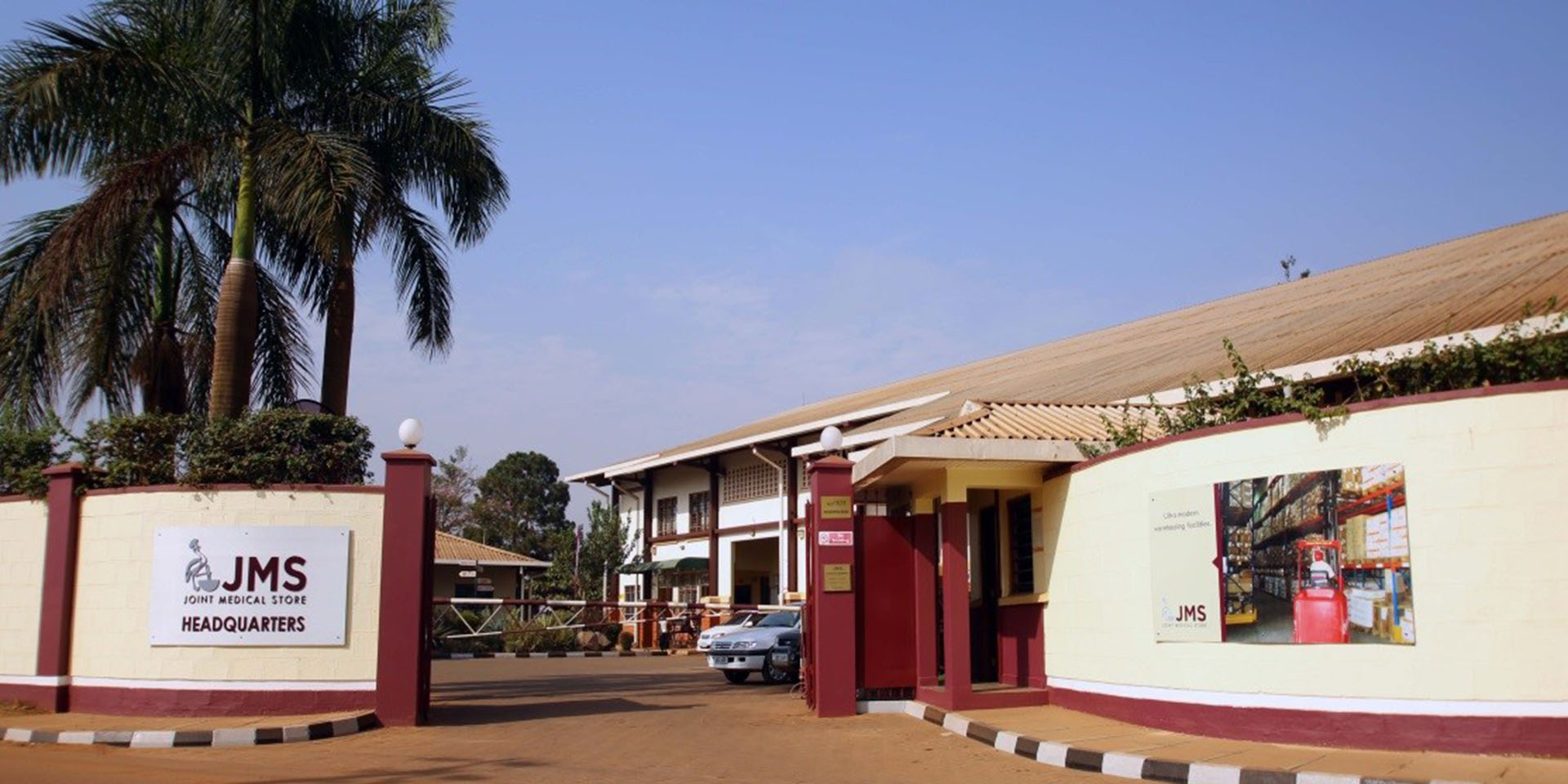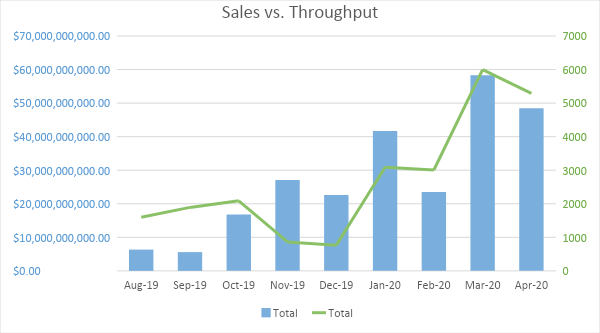Over the last decade, USAID has supported warehouses in Uganda to develop capacity for storage and transportation of health commodities. Joint Medical Stores (JMS) is a private-not-for-profit (PNFP) organization subcontracted by the USAID Global Health Supply Chain-Procurement and Supply Management (GHSC-PSM) project to provide warehousing and transportation services in the country. JMS provides storage and transportation for USAID-procured commodities accessed through over 800 PNFP service delivery points located in all regions of the country.
While there had been some advances in infrastructure and upgrade of warehouse management systems, there was little information on the cost of different components of warehouse operations at JMS. Fees for warehousing and distribution were traditionally calculated as a percentage of value of commodities, which had no relationship with the actual cost of doing business. This approach meant the donor was not certain if JMS received adequate compensation for the services provided.
In 2018, GHSC-PSM started the process that would lead to implementation of activity-based costing (ABC) and activity-based management (ABM) to enable JMS management to understand cost drivers for the different functional areas of their operations. This article describes the ABC/ABM implementation process at JMS, its impact, challenges, and lessons learned.

